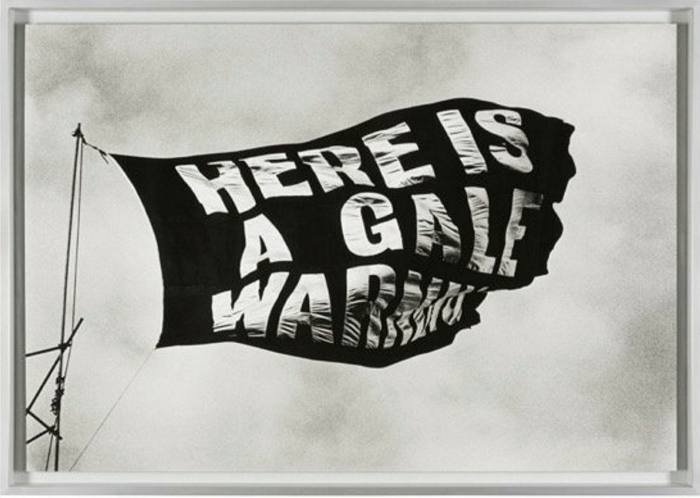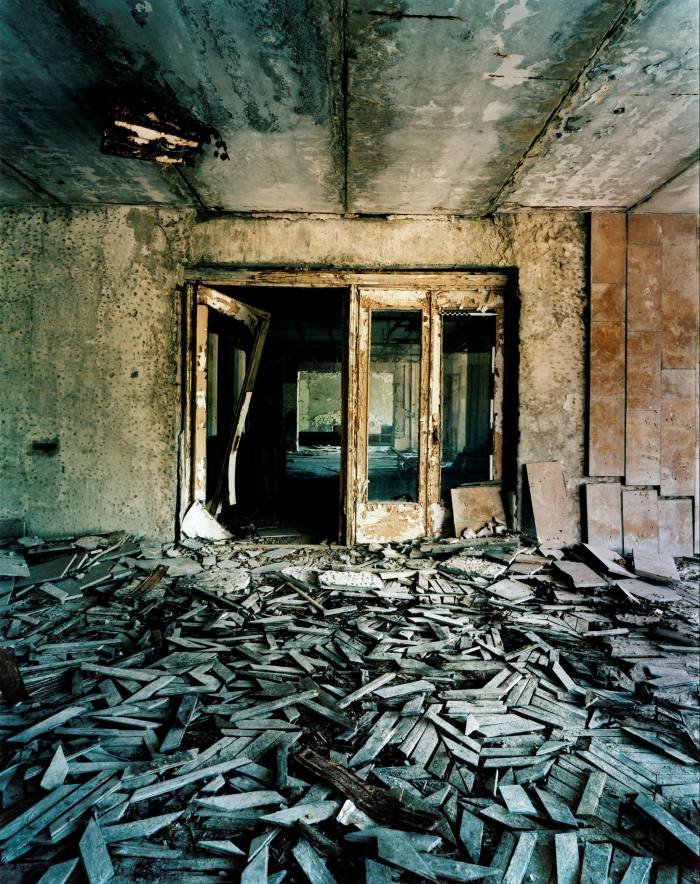Is the art world ready for radical action to fight climate change?

Written by Josh Spero, published originally by Financial Times, 17 September 2021.
At the FT Weekend Festival in early September, a tentful of readers and subscribers came together to hear an expert panel speak about the art world and climate change, more particularly: given the scale of the environmental crisis the world faces, is the art industry willing to make radical change? It has started to try and understand its contribution to the problem, said Kate MacGarry, whose gallery in east London represents artists such as Rana Begum, Rose Finn-Kelcey and Goshka Macuga. MacGarry is one of the co-founders of the Gallery Climate Coalition (GCC), which aims to create a greener and more sustainable art world; its website has a carbon-footprint calculator “tailored to a commercial gallery”, she said. “You can look at your flights, you can look at your building, you can look at your shipping.”

MacGarry is leading by example: she has published her gallery’s most recent carbon footprint on the GCC’s website. It was 24 tonnes in 2018-19, equivalent to 40 roundtrips between London Heathrow and New York JFK. In fact, 45 per cent of her carbon footprint was flights, including to art fairs, which gave her a clear signal about how best to cut it. She said she would “not throw the baby out with the bathwater” by abandoning all international fairs immediately, but was changing the way she approached them: “I’m doing Frieze and Basel this year because I can go there by train. I’m not flying any works internationally any more . . . I think we’re at a real turning point, and I’d like to see some really big change about the way we do business.” But she added she wasn’t sure if she still really wanted to do art fairs at all. Fairs and biennales are some of the biggest producers of carbon in the art world since they involve gallerists, collectors and journalists jetting from Sao Paulo to London to Shanghai. In 2000, there were 55 established international art fairs; in 2018, there were almost 300, according to the 2019 Art Basel/UBS art-market report. They are, then, a natural target for the environmentally conscious. Artists have long been highlighting humans’ impact on the planet. Jane and Louise Wilson are the Turner Prize-nominated sisters whose work has often engaged with environmental themes. Louise Wilson recalled a project they undertook in 2010-11 when they were invited by the British Council in Kyiv to work in Chernobyl, 25 years after the nuclear disaster, and made large images of abandoned municipal buildings, such as schools and the swimming pool.


“What was intriguing to us,” she said, “was to see how much nature had reclaimed it in the 25 years since obviously the nuclear meltdown . . . There’s something really interesting about those lessons that could be learned from that potential of nature to regenerate, especially in the climate crisis we’re in at the moment.” But they have also experienced at close hand the effects of our more disturbed weather systems, said Jane Wilson: parts of Düsseldorf, where they work with a photography studio, were engulfed by floods over the summer. The art world has an important role to play in supporting the environment, said James Thornton, founding chief executive of Client Earth. Client Earth is an environmental charity which uses the law to prevent governments from ignoring their climate change obligations; it has stopped about 50 coal-fired power stations from being built and held the UK government to account over air quality measures. “The visual arts world and the music arts world . . . have tremendous influence culturally,” Thornton said. “People really care . . . And if you decide, ‘We’re going to do it this way,’ people will follow. By doing this action now, you’re getting ahead of many industries.”

Louise Wilson said change could come from how exhibitions are staged — you could stop rebuilding a gallery’s interior for each new show, for example. “The changes don’t have to be that drastic, but actually could be quite dramatic.” Similarly, Jane Wilson suggested local fabrication — making work where it’s going to be shown — or at least using sea shipping instead of air freight. Art does often go on global tours. Sotheby’s recently announced that highlights from the Macklowe collection it is selling will be travelling from New York to Taipei, Hong Kong, London, Los Angeles and Paris. But Client Earth, working with Christie’s and the GCC, is taking a different tack. Christie’s is holding a series of auctions where an artist has donated a work to be sold with the proceeds going to Client Earth; it starts with “There’ll be bluebirds” (2019) by Cecily Brown in London on October 15 and further pieces have been donated by Antony Gormley and Beatriz Milhazes. As Thornton emphasised, Brown’s work “will remain in London, even though people from around the world will be bidding on it”, and the same for all the other artists.

Doing business online — whether viewing or selling or meeting — instead of travelling is now entirely part of the art-world experience, particularly thanks to the past 18 months, he said: “That’s a silver lining to the Covid cloud, in that we’ve all gotten used to doing business over the net and into keeping up relationships that we’ve already established over the net.” Artists will still want to travel judiciously, said Jane Wilson, who has spent long periods for research and making art in Japan, the South China Sea and elsewhere. “You have to accept that artists should still be allowed to continue to lead and they should still not have to feel inhibited about doing certain things. [On research trips] you really focus in terms of making your work and how you expand your insights and knowledge.” Ultimately, though, does the art world really want to change, giving up its glamorous (exhausting, polluting) lifestyle? Kate MacGarry was optimistic but pragmatic: the art world needed some help regarding logistics such as shipping, insurance and such, but “I think the want is there. We’re not all living under a rock. We can see what’s going on in the news. We can see what’s going on around the world.”